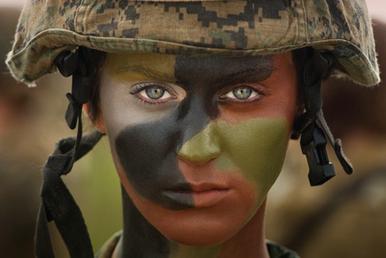With the semester dwindling, my book bucket list likewise reaches a bittersweet culmination, forcing my mind to scour through the myriad novels I have yet to read, but so desperately wish to add to my list. Finalizing the list and emerging into summer ensues the intermixing of retrospection and enthusiasm simultaneously, thus requiring a novel entailing both diverse emotions.
Retrospection: the action, process, or faculty of looking back on things past. Amid reflecting on the year, I acknowledge my inevitable analysis on friends, classes, and the entirety of my experience. Therefore, a shockwave of additional thought manifests, prompting me to imagine the qualities I desire of next semester, whether it be new clubs, new classes, or similar endeavors from this year. Due to the immense contemplation of both the past and the future, incited by the conclusion of the semester, I decided on a novel that similarly sources a foundation of intellect and understanding.
Enthusiasm: absorbing or controlling possession of the mind by any interest or pursuit; lively interest. Proceeding the colossal enjoyment from my first year at Penn State, I am eager to unearth the mysteries that my second year shields. However, before I accelerate into sophomore year, I am likewise enthralled at the concept of no school, home friends, beach weekends, and unique vacations, all of which that define summer. Therefore, although the novel I seek comprises of deep thinking, it must also uphold my interest and enthusiasm for the imminent summer months.
Based upon the written requirements for my final novel I wish to read, I believe that the dense, philosophical murder mystery, The Brothers Karamazov, by Fyodor Dostoyevsky weaves the perfect blend of captivation and deep, intellectual thought. Questioning the premise of human existence and morality, Dostoyevsky’s novel is said to be a “murder mystery, a courtroom drama, and an exploration of erotic rivalry,” based on its synopsis, but ultimately, a work of genius, claimed by many.
While many of the books reside on my bucket list as entertaining reads to ignite my past love of reading, I add this novel to push my limits and force an expansion of my mind. Perhaps the unique, Russian culture of the novel will perfectly juxtapose the historical beauty of the attractions I plan on viewing on my trip to Ireland this summer. Although maybe an odd vacation/plane read, its difference of culture and inevitable complexity may couple well with the diverse, Irish culture i’ll be incessantly exposed to during my 5-day expedition.
Touring the Christ Church Cathedral, I will be exploring the ethical debates of religion within the novel; Exploring the Kilmainham Gaol, I will be evaluating the consequences of inhumanity from the novel’s murder convict; Analyzing Gospel passages and old Latin passages, I will be recognizing the differences between two unique languages and cultures. Within these differences also lies shared qualities that I believe will develop my reading ability, but also my growth as a person from acquiring new perspectives.






